Climate science
-
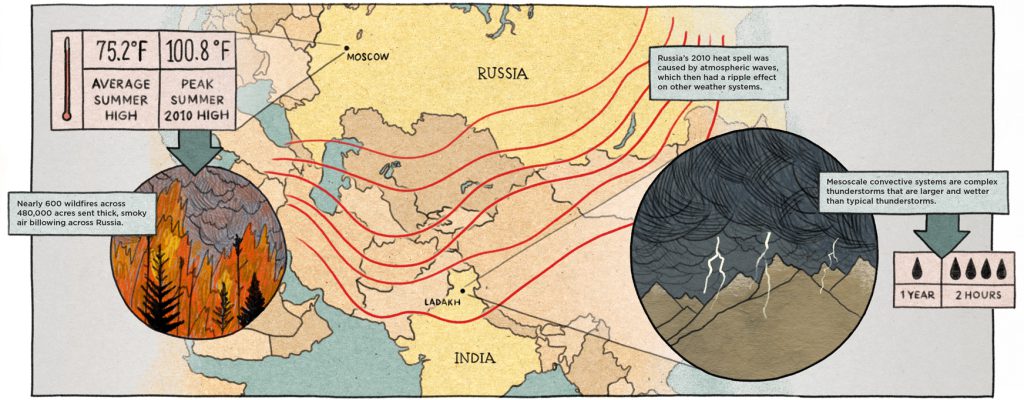
Here’s a really interesting story about how extreme weather patterns in one area can lead to a catastrophe far away. We are linked together by the ocean of air that flows around the planet, and what happens in one place can affect things far away. Here in the Southeast we see this with El Niño…
-
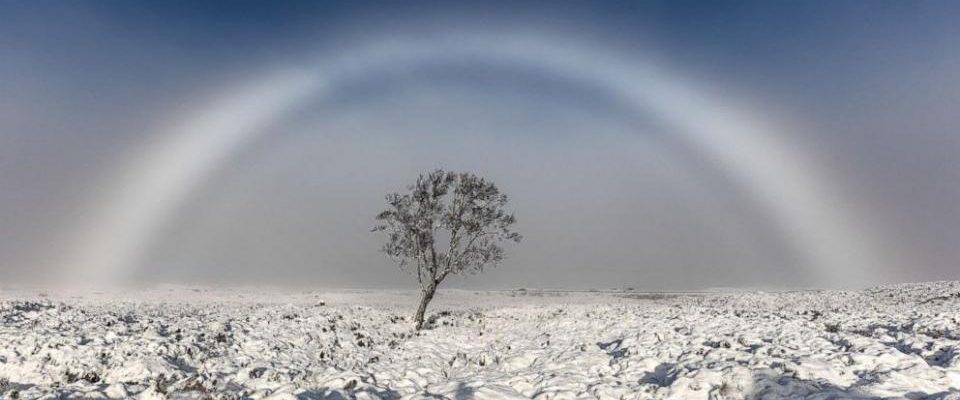
Dr. Marshall Shepherd of UGA has an article this week in Forbes.com about television meteorologists and their views on climate change. He explains that only about 10 percent of meteorologists are on television, and that many meteorologists don’t have much training in climatology. Even so, the results of the study might surprise you. You can…
-
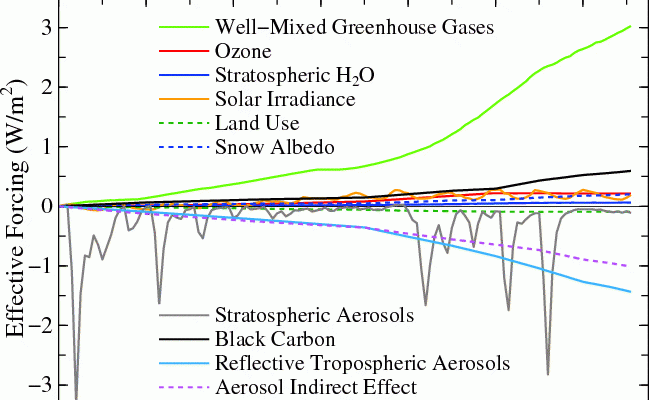
The American Geophysical Union blog from February 18 discusses the “real surprise” behind the 3rd hottest January on record, which occurred last month. One of the things I thought was really interesting about the article was a graph which showed the trend lines for all of the different radiative forcings that are acting on the…
-
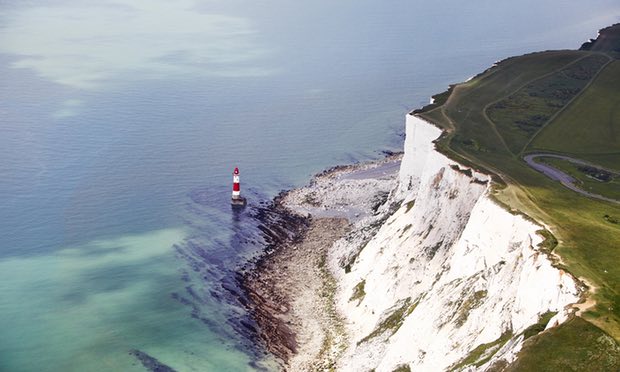
Climatologists know that the most likely place to first see the impacts of a warmer world is in the Arctic, where feedbacks due to snow and sea ice and their effect on the albedo make climate very sensitive to small temperature variations. Albedo is the reflectivity of the earth’s surface, and snow and ice are…
-
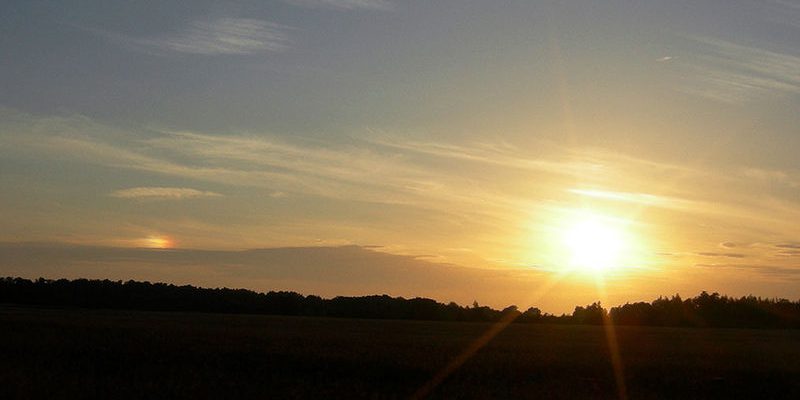
On the EarthSky blog today the authors posted a short video of a spacecraft destroying a sundog. You’ve probably seen sundogs or parhelia before–they are optical phenenoma caused by sunlight refracting through ice crystals which show up as spots of light to the left or right of the sun, usually near sunrise or sunset.…
-

The latest WunderBlog post updates us on the status of Arctic sea ice. The bad news is that it is at a new record low for this time of year, even though it’s winter in the Arctic now. Temperatures there this winter have been incredibly warm, which has helped lead to the low ice coverage. (See…
-
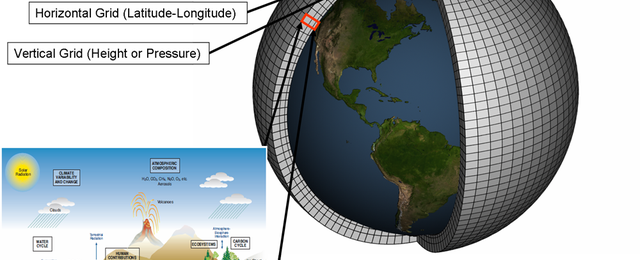
I gave a talk on projections of future climate today to a group of farmers and other interested folk in LaGrange, GA. One of the things we discussed in the talk is how weather and climate forecasts are similar and how they are different, because they are really designed to do different things even though…